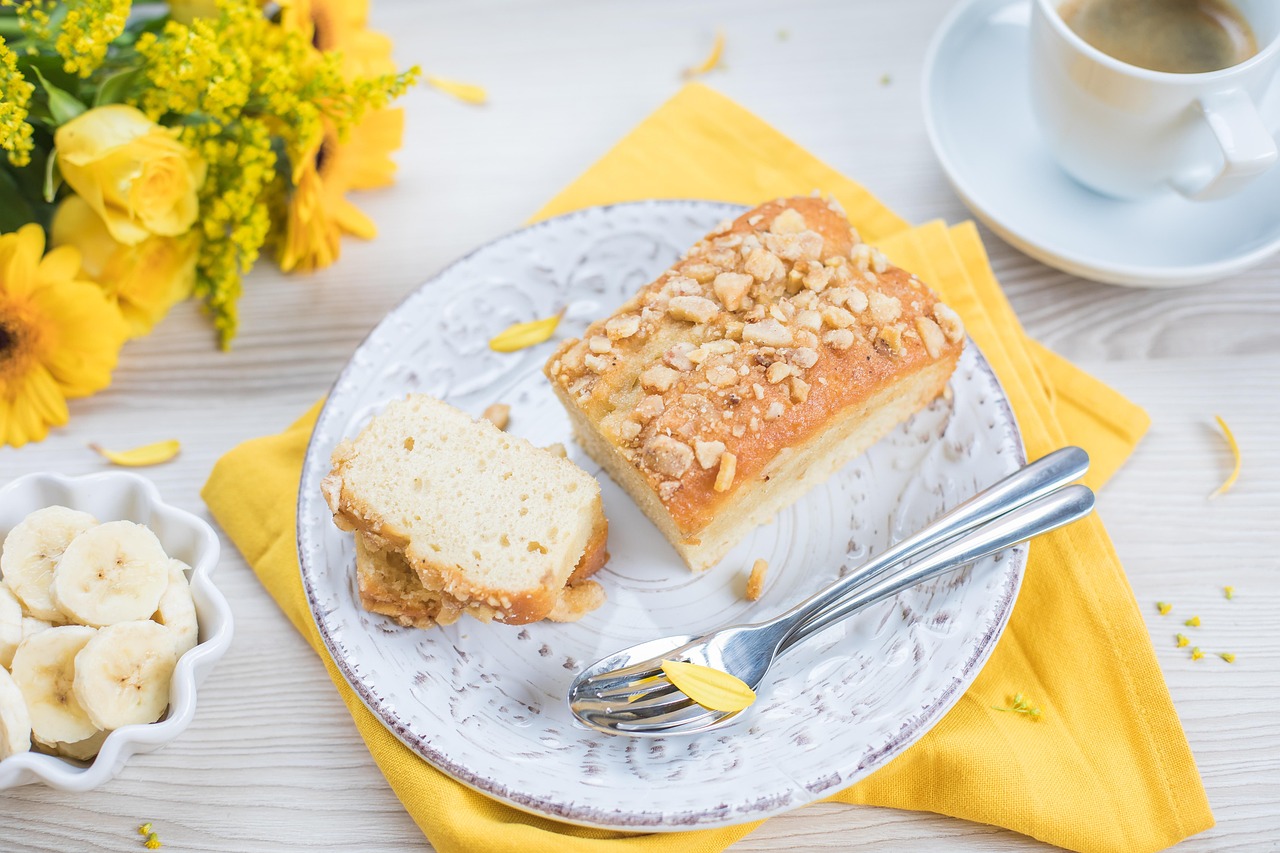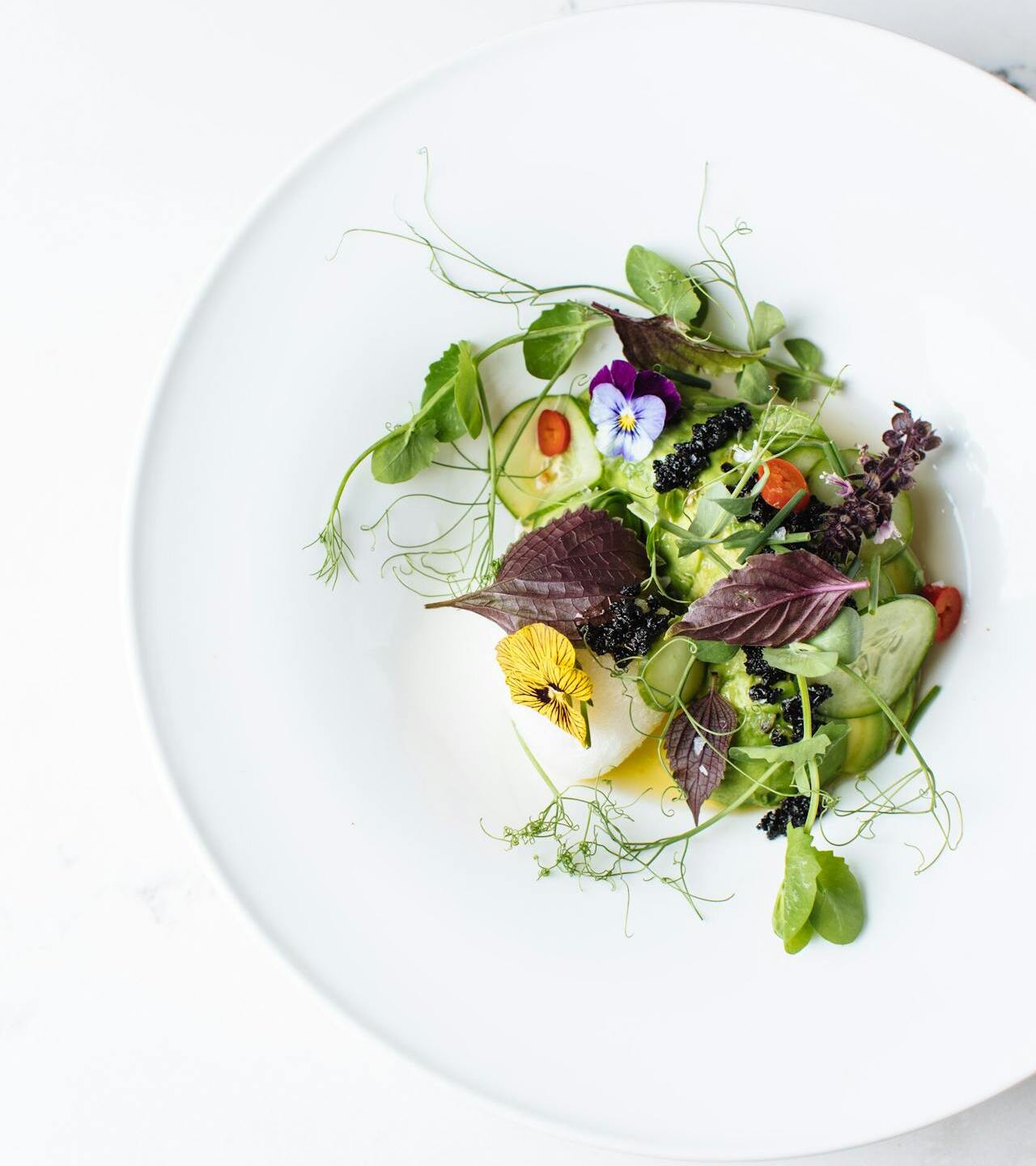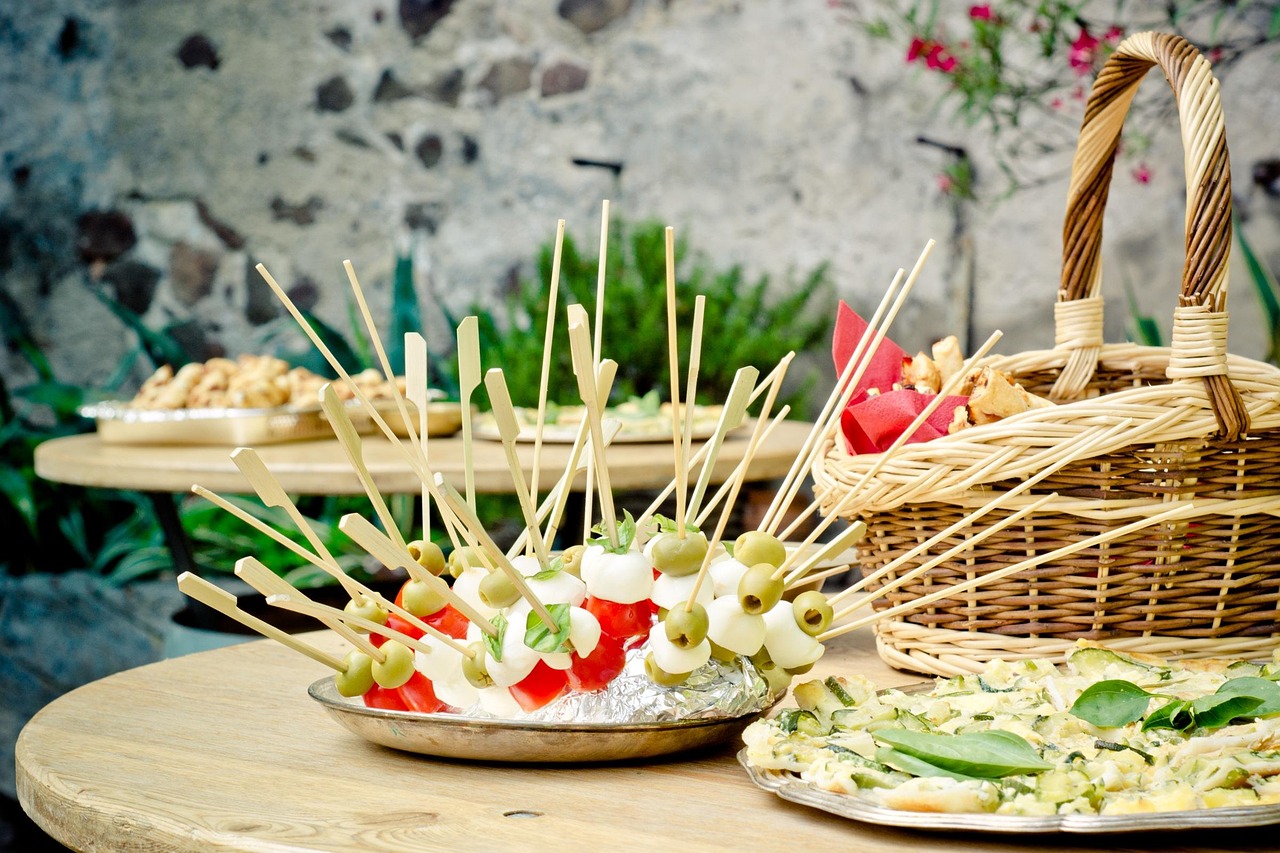Why You Might Want to Skip Whiskey Stones in Your Drinks
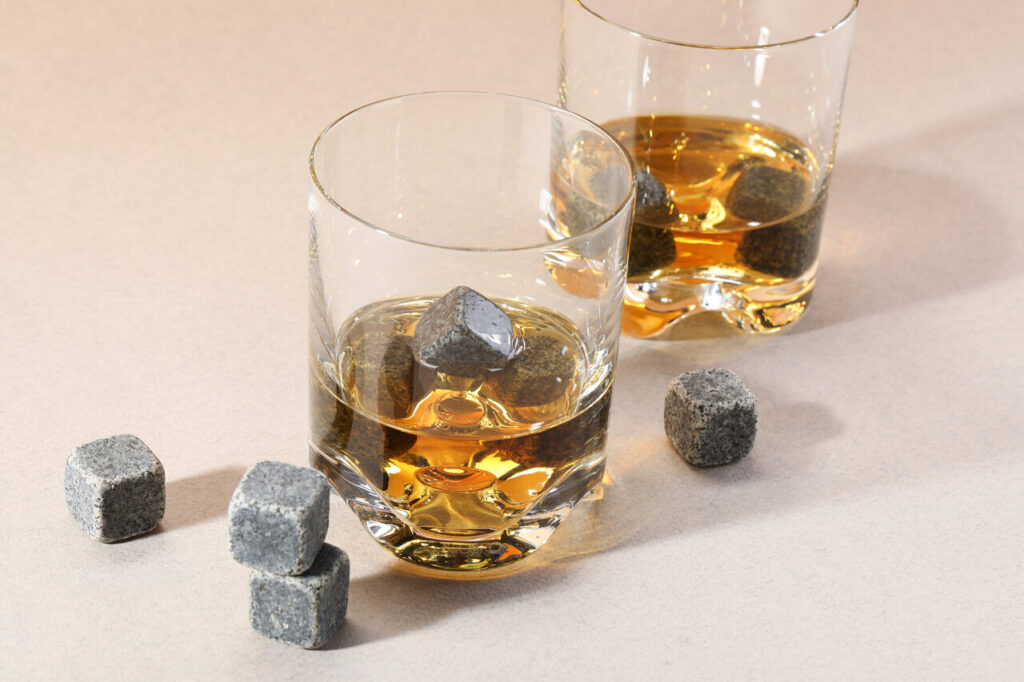
Enjoying whiskey should feel effortless, and the tools you use can shape the entire experience. Whiskey stones promise cold drinks without dilution, which sounds perfect at first. But once you try them for more than a few sips, the drawbacks start to show up.
Here’s the thing: whiskey isn’t meant to be ice cold. The right chill opens up subtle notes, aroma, and mouthfeel. Stones often struggle with that balance. They cool slowly, don’t stay cold for long, and may leave your drink tasting flat.
There’s also the question of practicality. From storage to cleaning to risk of damaging glassware, whiskey stones can be more trouble than they are worth. Let’s break down why you might want to stick with ice or other alternatives instead.
They Don’t Stay Cold for Long

Whiskey stones sound like a smart idea: drop them in your glass and enjoy chilled whiskey without watering it down. But once you compare them to actual ice, you notice the tradeoff. They take longer to cool the whiskey and lose their chill surprisingly fast. Instead of elevating the drink, they often end up doing less than traditional ice cubes.
Slow to Chill
Whiskey stones need serious freezer time to get cold enough. Even then, they don’t pull heat from the whiskey as efficiently as ice. That means you wait longer for your drink to reach a refreshing temperature.
Heat Up Quickly
Once they start warming up, stones can’t maintain a consistent chill. You may get a few sips of cool whiskey, but the rest of the glass becomes room temperature too quickly to justify the hassle.
No Heat Transfer Boost
Unlike ice melting into the drink, stones have no phase change to help absorb warmth. That’s why the cooling effect is weaker and short-lived, leaving your drink lukewarm before you finish it.
They Can Actually Mute Flavor
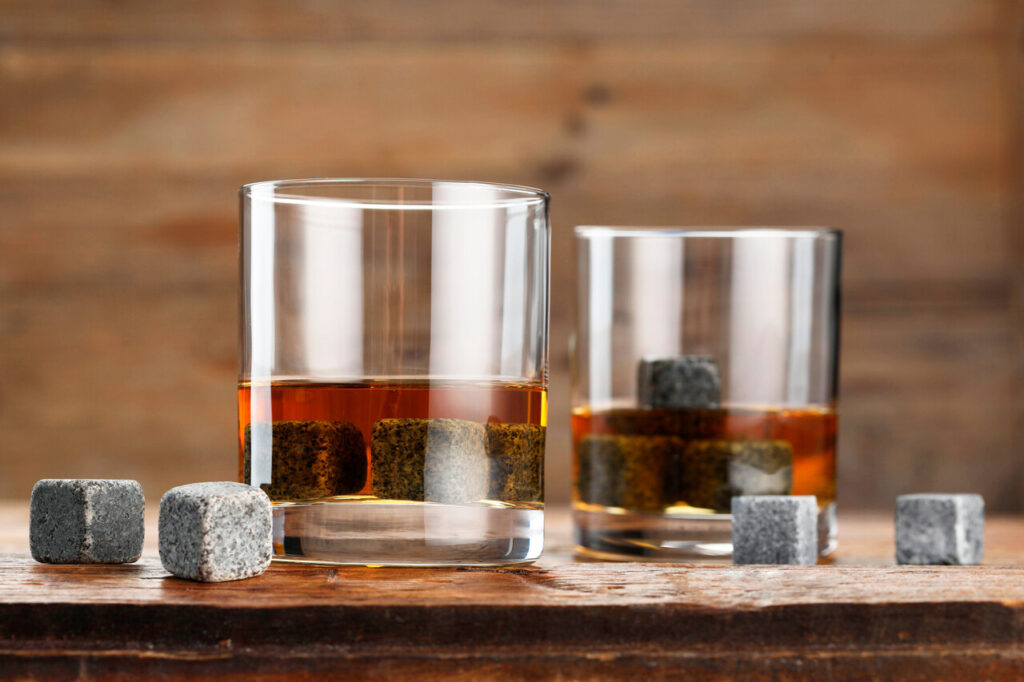
Whiskey comes alive when a little water teases out the layered aromas and flavor notes. Stones keep the drink cold, but don’t offer that same benefit. Without slight dilution, the taste can feel restrained rather than opening up.
Water Brings Out Complexity
A drop or two of water can reveal spice, sweetness, and grain notes that sit quietly at full strength. Stones skip that chemical push.
Chilled, But Not Harmonized
Whiskey served colder with stones can tighten the flavor profile. Instead of expanding, the drink feels flat on the palate.
Stones Are Not Flavor Neutral
Depending on the material and storage, stones can sometimes pick up freezer odors. That can distract from the natural whiskey character.
They Carry Practical Drawbacks
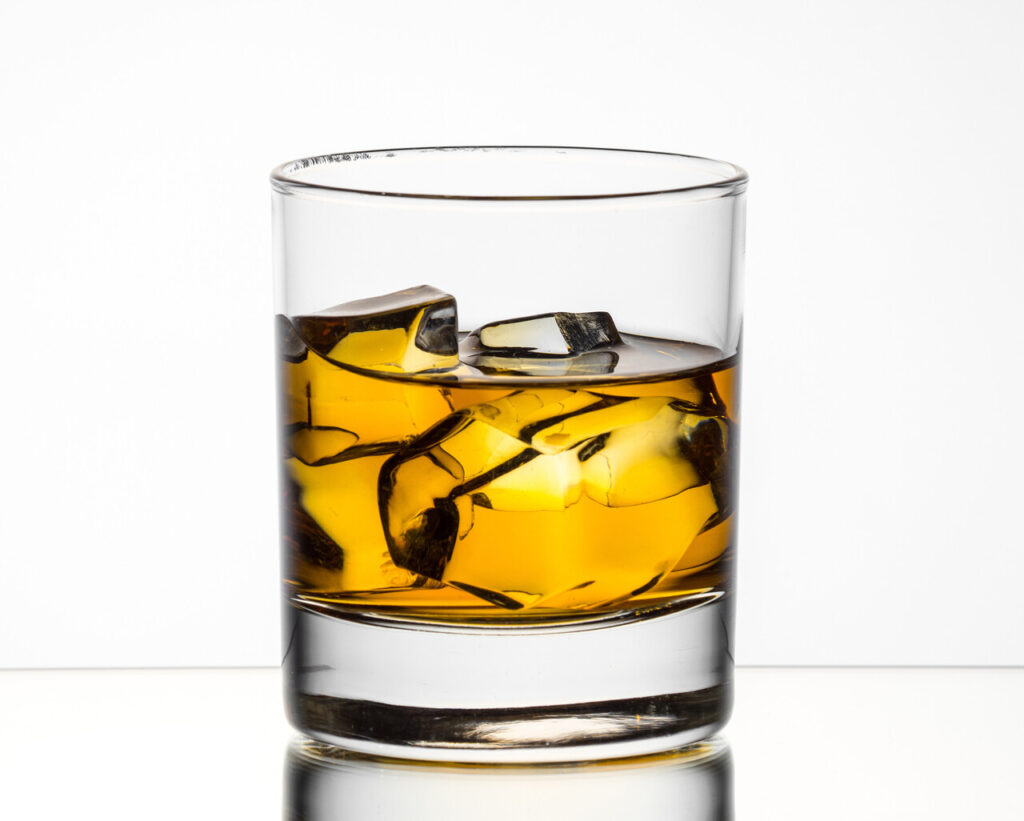
Even if you enjoy the concept, whiskey stones come with everyday annoyances. They demand storage space, freezer time, and careful cleaning. On top of that, they can damage glassware or crack against the bottom of the glass.
Can Chip or Scratch Glass
Stones are dense and heavy. If you aren’t careful while swirling your drink, you risk damaging your glass.
Require More Cleaning
Stones pick up residue, freezer smells, and fingerprints. Keeping them clean takes more effort than simply refilling an ice tray.
Limited Situational Use
They only work in small amounts of liquid and short drinking windows. Anyone who enjoys slow sipping may feel shortchanged.
Conclusion
Whiskey stones aren’t useless, but they rarely improve the experience. They don’t chill the drink well, can mute flavor instead of opening it up, and add more maintenance than a simple ice cube. If you enjoy whiskey the way distillers intend, a little melt from real ice often brings more aroma, balance, and satisfaction.


